Fruits and vegetables play an important role in the human diet. Millions of Americans produce vegetables at home each year. With only a small bit of room, some low-cost tools, and a desire to aid nature, you can get a wealth of benefits from gardening. Even a small plot can provide a rich harvest with preparation and upkeep.
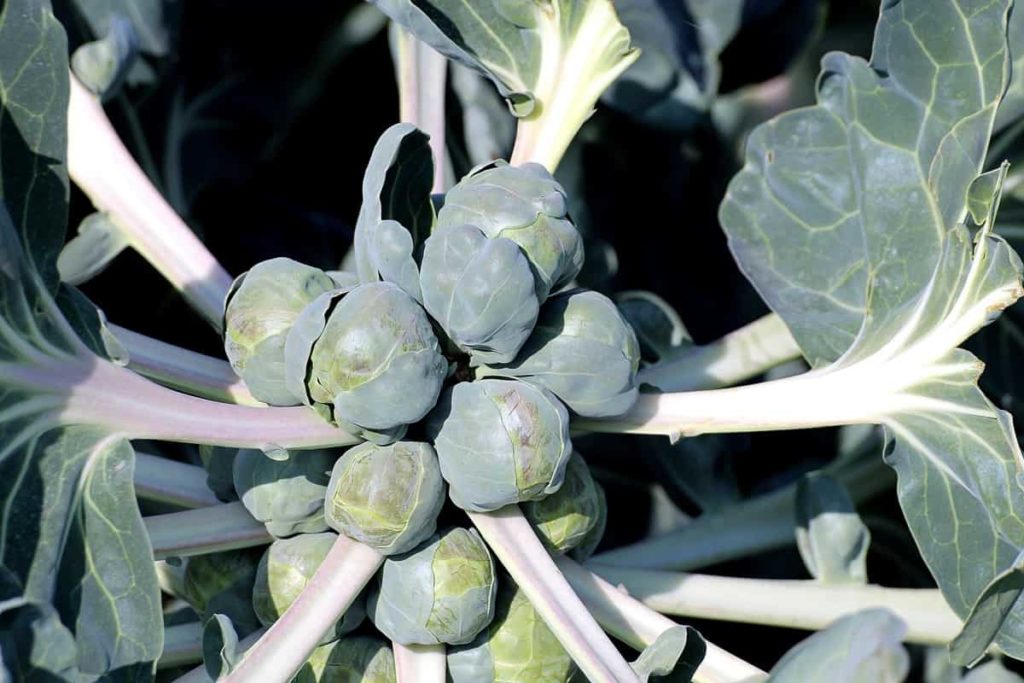
Many people who grow their vegetables believe they taste best when gathered fresh, prepared quickly, and consumed immediately. Below we learn the vegetable calendar for Florida, different vegetables to grow for different planting seasons, the hardiness zones of Florida, and the seasonal planting schedule for Florida home gardens.
Florida vegetable planting calendar (FL)
What is the best month to plant vegetables in Florida?
Vegetable gardens in Florida are best planted and begun between September and March. The precise date will vary from location to location within the state and from one kind of plant to another. There are two primary growth seasons in Florida: the fall and the spring. Planting cold-weather crops like cabbage, kale, broccoli, and spinach in Florida is best accomplished in the cooler months of the year. Cantaloupe, peppers, corn, and okra all thrive in the springtime. Some veggies can be grown even when the temperatures exceed these ideal ranges.
When should you plant tomatoes in Florida?
So that they can produce as many tomatoes as possible before the summer heat comes in, growers in north Florida begin sowing their seeds in the month of February, following the last frost. Tomatoes can be planted in the central Florida in early February for early summer harvesting and in September for harvesting in autumn and winter.
It’s important to remember that frost is always possible in the early spring, so you should either start your plants in pots and move them inside if frosty weather is forecast or cover them with transparent plastic. The months of August through March are prime tomato growing times in South Florida.
What gardening zone is Florida in?
Florida, the southernmost state, is famous for its consistently pleasant climate throughout the year. Planting zones in Florida are among the highest in the country since much of the state has a humid subtropical climate, characterized by unusually long, warm, often humid summers and moderate, chilly winters. The climate in southern Florida is tropical. Summertime is prime time for thunderstorms, and certain times of the year increase the frequency of tornadoes and hurricanes.
Generally, the coastal areas are warmer and colder in the summer. Temperatures in the state often drop into the 60s at night. Locating Florida’s planting zones is the first step in deciding what to grow. A vast range of plants, flowers, herbs, vegetables, and fruits can be grown in this area since the growing zones range from 8a to 11a. See an online interactive planting zone map for further details on where to plant certain trees and shrubs in Florida.
When you have a firm grasp on the zone, it’s much simpler to decide with confidence which plants will thrive in their Florida setting. It’s ideal for growing various fruits, nuts, berries, herbs, and flowers. To name a few, plants that do well there include eggplant, sweet potato, peppers, tiny cherry tomatoes, and okra. Kale thrives in the cooler months of autumn and winter, whereas Brussels sprouts thrive in the warmer months of spring and summer. Pretty flowers like pentas, coreopsis and blue salvia may be grown in Florida with little trouble.
When should I start a garden in Florida?
Spring gardening in Florida
Transplants for a spring garden can be started in January and February in southern and central Florida. For the best results, gardeners in northern Florida should hold off beginning their transplants until March or February. Beans, cucumbers, eggplant, corn, Seminole squash, tomatoes, and watermelons are ideal April plantings in a Florida garden. These are general advice; protect young, vulnerable plants from harsh cold or heat. They are below 33 degrees Fahrenheit.
There’s nothing like fresh, homegrown veggies, and spring is the best time to prepare your vegetable beds. Sweet corn, cucumbers, tomatoes, watermelons, and beans are harvested in the spring. Select Florida-adapted plant cultivars for the greatest outcomes. Direct sowing, using transplants, or starting your transplants six to eight weeks before planting season are all viable options.
In March, most frost-sensitive plants can be planted for a spring garden in North and Central Florida. Cover your fragile veggies to prevent damage from late frosts if you intend on planting them sooner. Veggies that can withstand frost can be planted sooner. It’s true that in South Florida, you can sow “spring” veggies in the autumn and winter, up to February or March. Start planting as soon as possible to ensure your veggies develop before the summer heat sets in.
Fall gardening in Florida
In southern Florida, you can keep planting right through the winter, but up here in the north, you should be getting your garden ready for the cooler months. The time and the kinds of pests you’ll face in the fall make it more challenging than the spring. Huge grasshoppers, ravenous beetles, and other creatures lurk around, searching for fresh vegetation to munch on. But it shouldn’t stop you.
If you plant your garden in Florida in the autumn, you can have food for the whole winter. Your spring garden needs weeding, soil turning, and fresh seeds. Start sowing your next round of bush beans, eggplant, tomatoes, and spicy peppers while the weather is still warm. Due to our lack of time, we will have to postpone planting Seminole pumpkins and sweet potatoes until next spring.
In case you missed it: Arizona Vegetable Planting Calendar (AZ): Month Wise Chart, Zone 5, Zone 6, Zone 7, Zone 8, and Zone 9
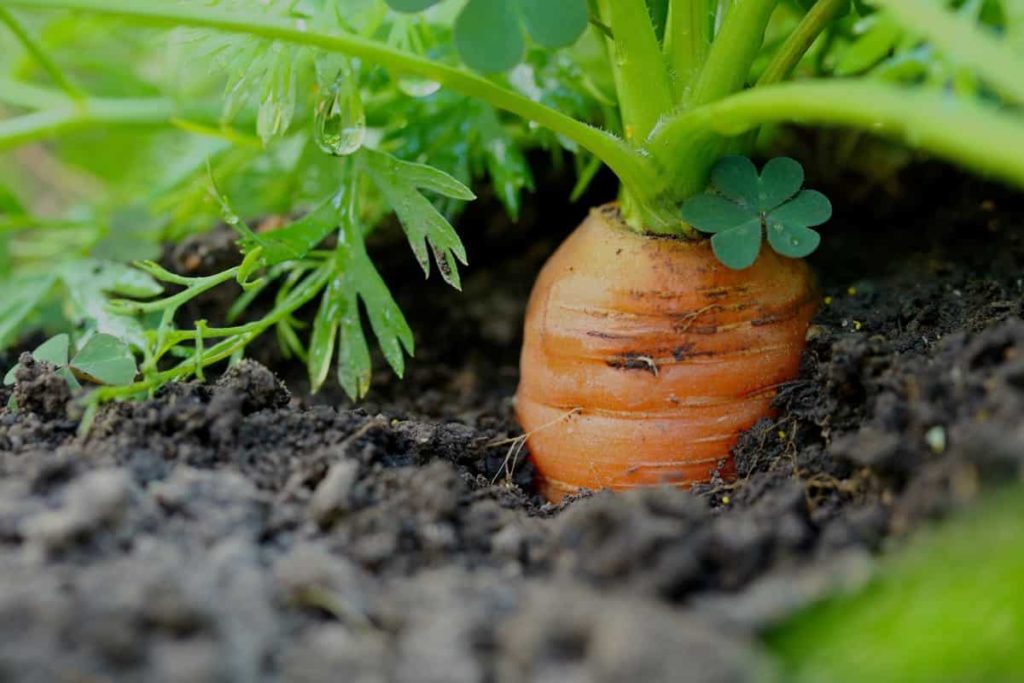
Collard greens, peas, fava beans, broccoli, carrots, lettuce, beets, turnips, and other cold-hardy plants can be planted around October. Waiting too late can make it difficult for the seeds to germinate in the winter and flourish before it becomes too frigid; planting too early might result in the plants bolting due to the heat. The optimal window seems to be late October to early November.
If you want to produce food, you don’t have to wait until spring to start a garden. You’re gambling with your ability to eat. Until springtime, you have no clue what can occur. Don’t put it off. It’s preferable to take risks, make mistakes, and gain experience than to continue placing all of your trust in outdated, aging infrastructure.
Winter gardening in Florida
Winter vegetable planting seems challenging in much of the United States. Not in the Sun State. Vegetables thrive in Florida’s mild winters. You can produce various leafy greens and roots in Florida throughout the winter, including Brussels sprouts, cabbage, arugula, beets, broccoli, carrots, kohlrabi, lettuce, cauliflower, kale, mustard, radishes, spinach, Swiss chard, and turnips. Even though most of the state is tropical, northern Florida does experience a real winter with temperatures in the teens.
Central Florida sometimes has frosts and even freezing temperatures, but south Florida rarely experiences such weather. Planting timing for these vegetables will vary significantly throughout the state to take advantage of local circumstances. Florida has the coldest weather throughout December, January, and February. This list includes several veggies that can survive the cold winters in north Florida. Some of these veggies (kale, cauliflower, carrots, chard) can withstand cold weather.
That’s something to keep in mind whether you live in North Florida or even in certain regions of Central Florida. Beets thrive in the warm, humid climate of Florida’s winter. The most challenging aspect of producing beets is getting them started from seed. The seedlings have a higher chance of surviving and flourishing in our mild winters. Beets are adaptable and can be grown in either hot or cold climates. They can endure cold well and can be used in many different ways.
Beets should be planted in September in northern and central Florida and October in southern Florida. As a result of its hardiness, broccoli can be grown year-round in north Florida. Seed-starting cucumbers is a breeze compared to other crops. The month of September is optimal for planting in northern and central Florida. October is the best time to sow seeds in South Florida. Broccoli can be planted and harvested until March. This slow-maturing, cool-season crop presents challenges in certain South and Central Florida sections.
The maturation process for Brussels can take up to 140 days, and they don’t thrive well in hot climates. As it can survive in cold temperatures and isn’t particular about soil or sunlight, it’s one of the most simple vegetables to grow in Florida throughout the winter. At the first indication of warm weather, cabbage will begin to bolt. Growing carrots can be a bit challenging. They’re very small seeds that take up to three weeks to germinate and grow if the soil isn’t kept damp.
Regarding temperature, cauliflower can handle light frosts but not heavy ones. North Floridians and residents of central Florida’s more northern counties should take note. One of the simplest crops to grow throughout winter and summer in Florida. Indeed, collard greens are one of the world’s most fantastic vegetables. They are hardy enough to weather our scorching summers and freezing winters. Light frosts improve the flavor of kale while it is still in the growing stage.
The chilly weather enhances the leaf’s flavor. A North Florida winter night will not kill a kale plant. Adding radish can instantly transform a bland salad into something more interesting. The fact that it grows quickly and easily makes up for the fact that it is one of the less well-known vegetables here. Swiss chard is frost-hardy and can be harvested after slightly under two months of growth. Chard is a colorful addition to a garden because of its vivid, lush green color.
In case you missed it: Top 47 Home Garden Ideas for Small Spaces: Check How this Helps Beginners
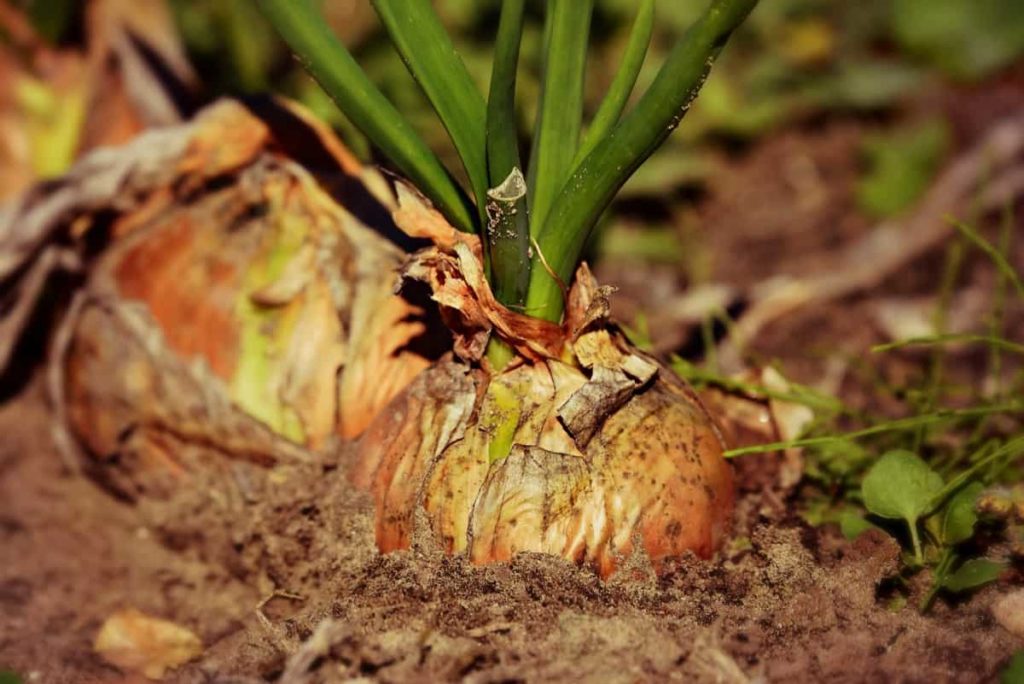
Summer gardening in Florida
Summer is often a slow period for many Florida producers. Due to the extreme heat, traditional crops may not grow well in this region throughout the summer. Despite this, some veggies can thrive in the humid conditions of Florida. Your garden’s success depends on your crops having a head start so they can withstand the heat and humidity and fight off disease and pest pressure. If you don’t mind the heat, by all means, put in some plants. Tolerant to the high temperatures in Florida, the following list of vegetables is worth growing.
Florida’s summers are ideal for cultivating sweet, spicy bell peppers. You can grow hot peppers in a container and use them for years. The Roselle plant, a kind of Hibiscus native to West Africa, is a stunning addition to any garden. Its calyxes can be used to make a deliciously tart tea. Though it’s not strictly a vegetable, it’s grown similarly. Protein-rich and low in fat, beans are a prolific crop with many health benefits. When planted in the summer, this legume will provide a welcome boost to the yield of your garden.
Beans are beautiful, healthy, drought-resistant, twining plants despite their modest stature. Despite the heat of summer, eggplants are perennials that do well in most gardens. Cowpeas can withstand the high temperatures and prolonged drought common in Florida. Besides being a productive and hardy crop, it has a high protein content. Cowpeas, too, can fix atmospheric nitrogen, enriching the soil with its nutrients. You can give them free rein in your garden so they can amend the soil in preparation for the autumn planting season.
Another summertime pod crop that is simple to grow is okra. In many cultures, okra is a staple vegetable because of its versatility in the kitchen. You can cook them whole, chop them up into bite-sized pieces, and sauté them in your favorite oil. Like okra, growing cassava requires little care and is simple. You can make a tasty meal by boiling, mashing, frying, or stewing. As with any plant, the more care you give your cassava plant, the more fruit it will yield.
In case you missed it: How to Start Cucumber Farming/Growing in Philippines: Check How this Guide Helps Beginners
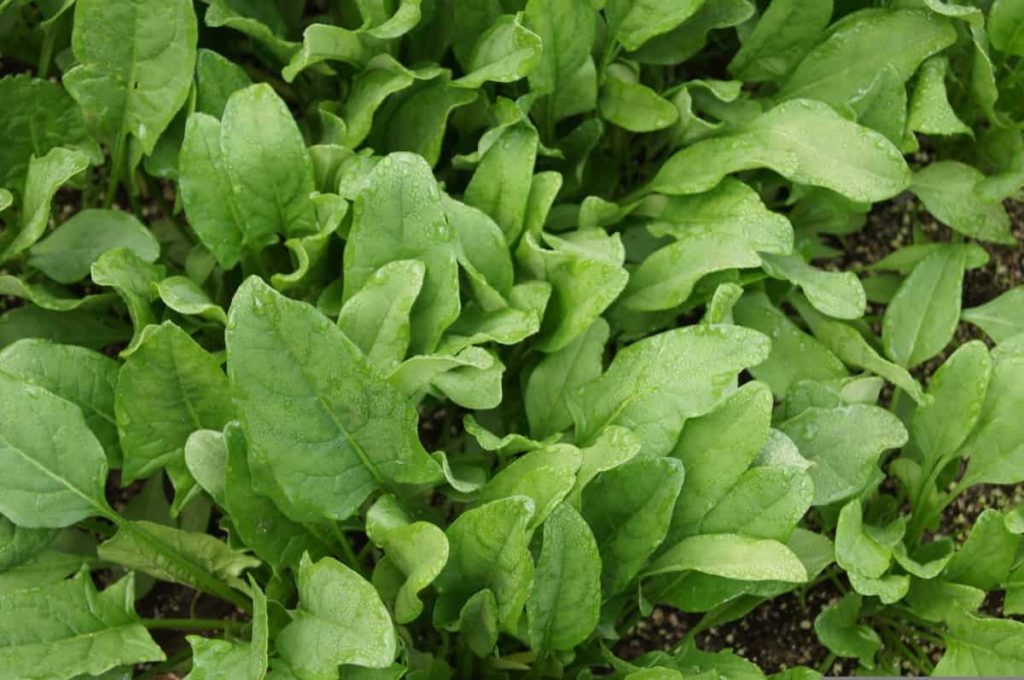
They may still look great and provide delicious results even when neglected and starved of fertilizer and water. Many of these veggies can even be grown in the hot conditions of Florida. Florida is a huge state, so it’s important to remember that the ideal times to plant some crops may vary depending on your precise latitude and longitude.
Can you grow tomatoes all year round in Florida?
Temperatures between 80 and 85 degrees Fahrenheit during the day and 62 and 72 degrees Fahrenheit at night are ideal for producing tomatoes. Pollination rates drop when daytime temperatures exceed 90 degrees Fahrenheit and yields decrease. Tomatoes can be grown in Florida all year round, but you may not get a decent crop if you do it during the hot summer months.
In addition to the heat, summer increases the prevalence of bugs, rain, and diseases. High temperatures won’t kill the plants, but the pests and diseases that thrive in warm, humid environments can significantly reduce yields. However, some species can withstand the heat of a Florida summer. Even in the heat of July, smaller-fruited tomato varieties like cherry and grape tomatoes usually continue to produce fruit.
How do you prepare the soil for a vegetable garden in Florida?
Before planting, amend the soil with organic materials. Before planting, the soil should be reworked to create a level, solid surface. Adding organic matter like animal manure, decomposing leaves, commercial soil mixes, compost, and cover crops may improve the quality of most Florida soils. Organic matter that has not been composted should be worked into the soil at least a month before sowing, whereas composted organic matter can be added while planting.
To enrich the soil, apply 25–100 pounds of compost or manure compost per 100 square feet. Green manure is a kind of compost made from newly grown plants. Green manure crops are best planted and tilled in during the off-season. Cowpea, velvet bean, soybean, and sunflower are all excellent summer cover crops; crimson clover, cereal rye, and Austrian winter pea are all excellent choices for the cooler months. The plant nutrients accessible in soil are dependent on the soil’s pH.
Sand-based vegetable gardens need a pH between 5.8 and 6.3. You won’t have to mess with your soil’s pH if it’s already between 5.5 and 7.0. Where limestone, marl, or shells are present in the soil, the pH is often over 7.0 (alkaline), and there are no practical means to decrease soil pH permanently. It’s best to use a fertilizer that includes micronutrients. Granular sulfur (1 lb/100 sq ft) may be used to reduce soil pH if the high pH is the consequence of over-liming in the past.
Use yard trimmings to make your compost. Composting may easily make manure-like organic fertilizer and soil conditioner, which is great for Florida’s naturally sandy soils. In Florida, gardens often need fertilizer unless large volumes of organic resources are used. Common fertilizer grades, such as 6-6-6 and 10-10-10, are suitable for gardeners.
However, certain Florida soils already have an acceptable quantity of phosphorus, so adding more is not a good idea. Phosphorus is a contaminant in surface water. Whether you want to know if your soil needs phosphorus, get it tested. Before planting your garden, ensure you’ve spread fertilizer evenly throughout the whole area. Moreover, alongside planting rows, fertilizer may need to be applied throughout the growing season.
In case you missed it: How to Start Tomato Farming in Philippines: A Useful Growing Guide for Tomato Farmers
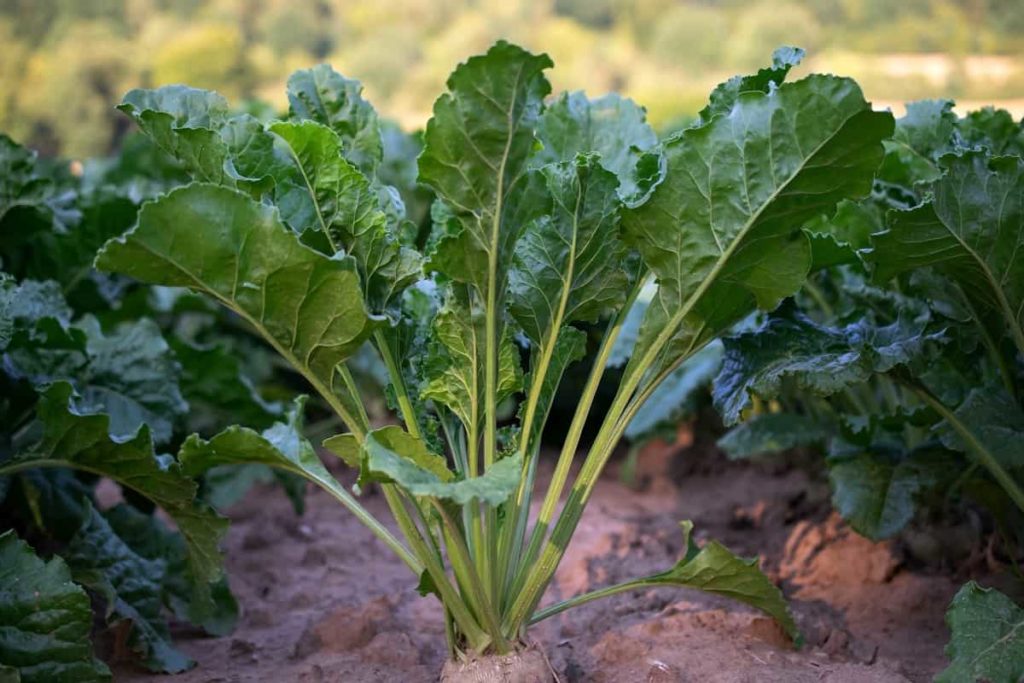
Soil moisture is essential for vegetable growth and yield, but vegetables cannot survive in permanently wet conditions such as those caused by heavy rainfall or watering. A plant’s watering demands change as it matures and the soil conditions change.
Watering often and lightly is best for young plants, while gradually increasing watering frequency is optimal for mature crops. A greater irrigation frequency is required for sandy soils than clay, muck, or modified soils. Mulch, organic matter, and water-saving practices like drip watering can significantly reduce water use.
Florida vegetable planting calendar
| Vegetables | Zone 8 | Zone 9 | Zone 10 | Zone 11 |
| Beans | Mid Mar to mid-Oct | Mid Feb to May Sep to Nov | Apr to May Jul to Aug | Mar to Apr |
| Beets | Mid Feb to mid-May mid-Aug to mid-Nov | Feb to Apr mid Sep to Nov | Feb to Apr July to Aug | Feb to Mar Sept |
| Broccoli | Feb to mid-May Aug to Nov | Mid Jan to Apr mid aug to mid dec | Feb to Mar June to July | Feb and Sept |
| Brussel Sprouts | Apr to Aug | Mar to Jun | Late May to early June | Feb and Sep |
| Cabbage | Mid Feb to May Aug to mid-Nov | Feb to mid-May, | Feb to Mar June to July | Feb and Sep |
| Carrots | Mid Feb to May mid-Aug to mid-Nov | Mid Feb to may mid Sep to mid dec | Jan to Mar June to Aug | Feb to Mar, Sep |
| Cauliflowers | Feb to mid-May mid-Aug to Nov | Feb to mid-May Sep to mid-Dec | Feb to Mar June to July | Feb and Sep |
| Corn | Mid Apr to Aug | Mid Feb to May mid-Aug to Nov | Apr to July | Mar to Apr July to Aug |
| Cucumber | Mid Apr to Aug | Mid Feb to May mid-Aug to Nov | Apr to June | Mar to Aug |
| Kale | Mid Feb to mid-May mid-Aug to mid-Nov | Oct to Dec | Mid-Jan to mid-Feb Sept to Nov | Mid-Jan to mid-Feb Sep to Nov |
| Lettuce | Mid Feb to May mid-Aug to mid-Nov | Mid Jan to Apr mid-Sep to mid-Dec | Dec to Mar July to Aug | Feb and Sep |
| Onions | Mid-Feb to Aug | Mid- Jan to May | Jan to march Oct | Sep to Oct |
| Peas | Mid Feb to mid-May Sep to mid-Nov | Jan to march Oct to mid-Dec | Jan to Apr | Sep to Oct Feb to Mar |
| Peppers | Mid Feb to mid-Sep | Jan to May mid-July to Nov | Apr to May | Mar to Apr |
| Spinach | Mid Feb to May, Sep to Nov | Mid Jan to Apr mid-Sep to mid-Dec | Late Jan to Feb Oct to Nov | Jan to mid-Mar Oct to Nov |
| Squash | Mid Apr to mid-Oct | Mar to Jun | Apr to July | Mar to June |
| Tomato | Mid Feb to mid-Sep | Jan to May mid-July to Nov | Apr to May | Mar to Apr |
In case you missed it: How to Start Home Gardening in Asia: For Indoors, Outdoors, Raised Beds, Backyards, Terrace, Pots, and In Containers for Beginners
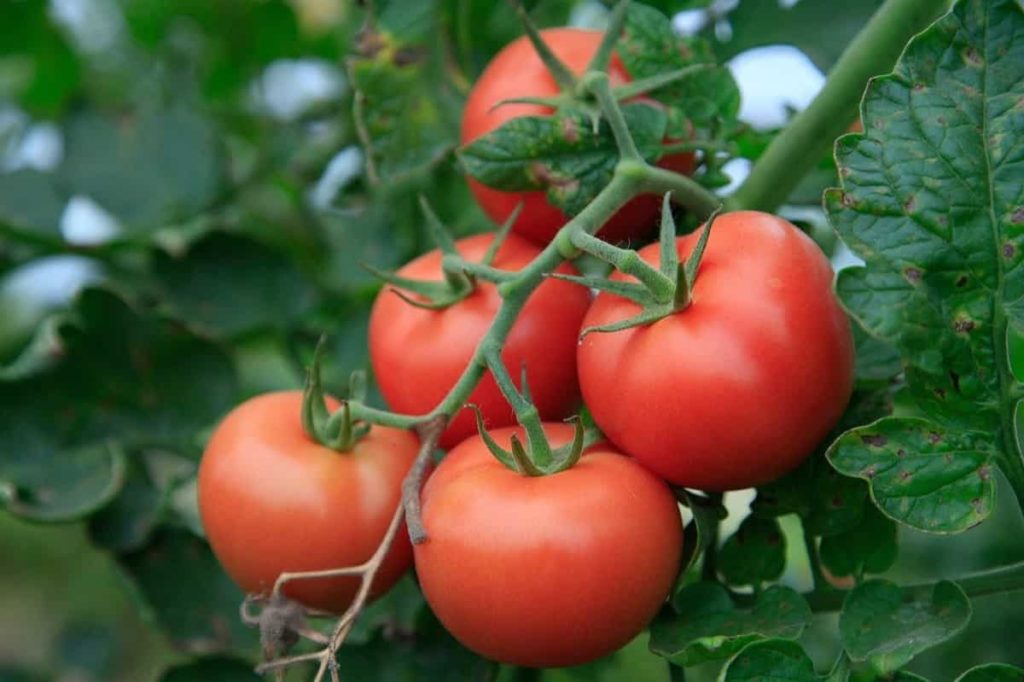
Conclusion
Whether you desire a small or large harvest, the sooner you start planning your garden, the better. Throughout the summer, you can use the herbs and vegetables from your well-maintained garden to nourish your family. Have fun in the garden. If you live in the following towns, cities, counties of Florida (FL) of Zone 8, Zone 9, Zone 10, and Zone 11 in the United States, this article may be helpful to understand the vegetable planting calendar, month-wise chart along with planting seasons.
| Miami | Bradenton |
| Orlando | Cocoa |
| Tampa | The Villages |
| Tallahassee | Palm Beach |
| Jacksonville | Siesta Key |
| Destin | Port St. Lucie |
| Florida City | Vero Beach |
| Fort Lauderdale | Port Charlotte |
| Naples | Winter Haven |
| Pensacola | Boynton Beach |
| Sarasota | Fort Walton Beach |
| St. Augustine | Punta Gorda |
| St. Petersburg | Merritt Island |
| Gainesville | Bonita Springs |
| Fort Myers | Delray Beach |
| Clearwater | Rosemary Beach |
| West Palm | Palm Coast |
| Daytona | Pompano Beach |
| Panama City | Palm Bay |
| Kissimmee | Fernandina Beach |
| Boca Raton | Central Florida |
| Ocala | South Florida |
| Marco Island | East Florida |
| Deerfield | West Florida |
| Lakeland | North Florida |
| Cape Coral | Hialeah |
- Profitable Village Farming Business Ideas in 2024
- High-Yield Aquaculture: Fast-Growing Fish for Farming
- Effective Fish Pond Construction Techniques for Beginners
- Irrigation and Water Management in Pineapple Farming
- Blossom to Harvest: Mastering Flowering and Pollination in Papaya Farming
- Pig Fattening Essentials: From Selection to Sale for Beginners
- Raising Wagyu Cattle: A Complete Guide for Premium Beef Production
- Soil Types and Their Water Holding Capacity
- Optimizing Irrigation Schedules for Coconut Groves for Enhanced Yield
- Espresso Your Garden: Coffee Grounds for Healthier Acid-Loving Plants
- The Best Soil Mix for Snake Plants: How to Mix Your Own Snake Plant Soil
- Green Thumb Success: Expert Tips for Cultivating Greenhouse Beans All Year Round
- Bloom All Year Round: The Ultimate Guide to Indoor Hyacinth Care
- Eco-Friendly Gardening: How to Make Liquid Fertilizer from Kitchen Waste
- Ultimate Guide to Grow Anise in Pots: Explore Seed Propagation to Harvesting
- Guide to Raising Chester White Pigs: Discover Breed Facts to Growth Management
- Mastering the Elegance: The Ultimate Guide to Weeping Cherry Tree Care, Planting, and Maintenance
- Ultimate Guide to Planting Garlic in Grow Bags: Growing Strategies for Beginners
- How to Fix Spider Plant Leaf-Related Problems: Natural and Organic Remedies
- 10 Reasons Why Your Tulsi Plant is Shedding Leaves: Home Remedies and Solutions
- Optimizing Growth and Yield: The Advantages of Palm Bunch Ash Fertilizer
- Utilizing Neem Oil Extract as a Natural Pesticide for Hydrangea
- From Soil to Harvest: Various Ways in Which Farmers Can Use AI Tools
- Steps to Encourage and Induce Citrus Flowers: A Comprehensive Guide
- How to Fix Snake Plant Leaf-Related Issues: Natural and Organic Remedies
- Transform Your Garden into a Fragrant Oasis with Raat Ki Rani (Night Blooming Jasmine)
- Discover the Ideal Chicken Breeds for Philippine Farms
- How to Create a Poultry Egg Farm Business Plan for Profits
- Grow Lemon Cucumbers Like a Pro: Insider Techniques for Bountiful Yields
- Ultimate Guide to Caring for Your Pink Princess Philodendron: Tips for Thriving Variegation
- Areca Nut Profit Per Acre: Calculating Yield and Cost of Cultivation
- How Kaveri Chicken is Becoming a More Profitable Breed in Indian Backyards
- Transform Your Barn: 9 Steps to Convert a Horse Stall into a Chicken Coop
- Exploring Suffolk Sheep Disadvantages with Limitations and Challenges
- Guide to Solving Potted Lemon Tree Problems: How to Revive Lemon Tree in Containers
- Steps to Encourage Female Pumpkin Flowers: Best Strategies for More Flowers and High Yields
